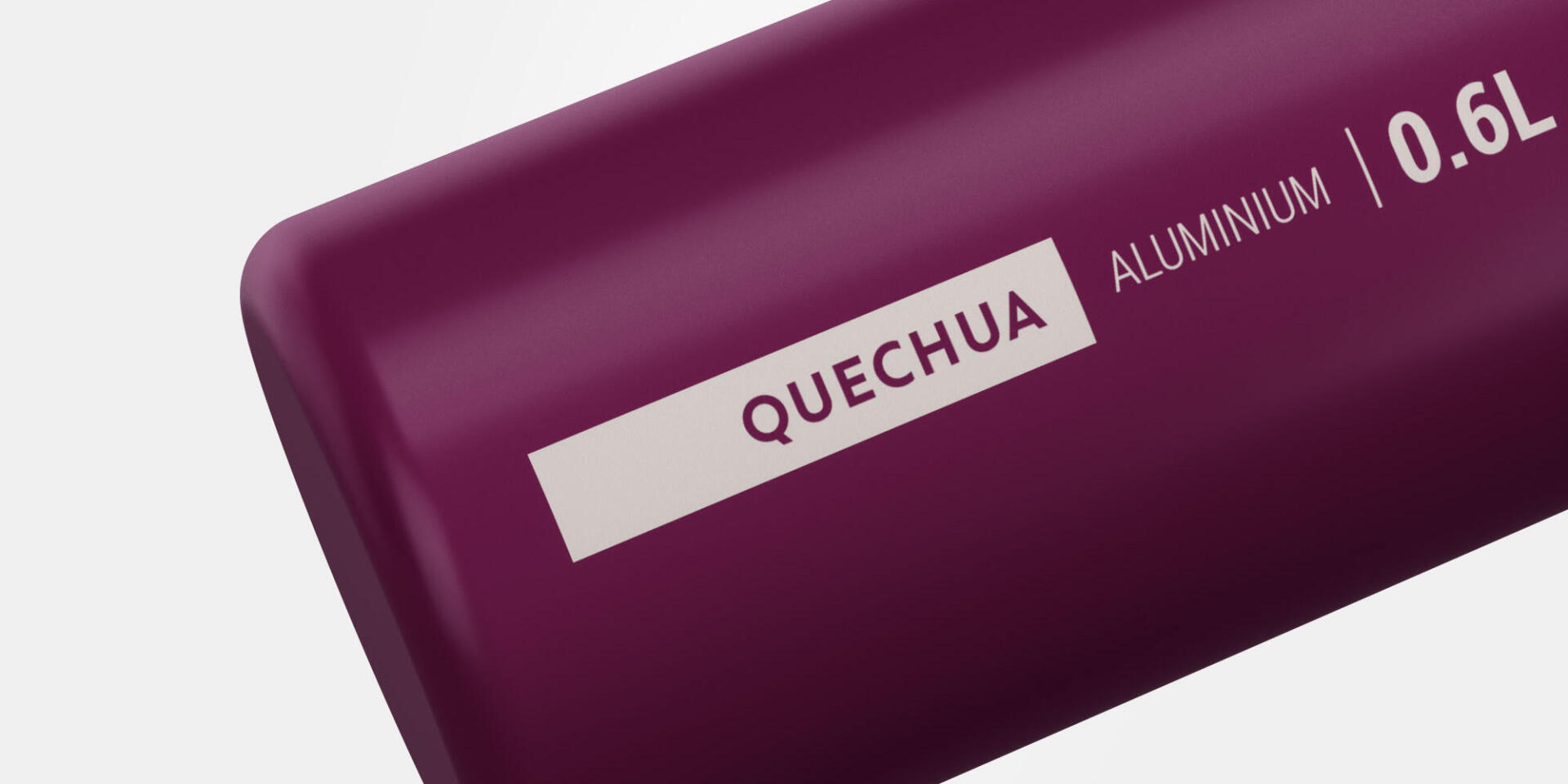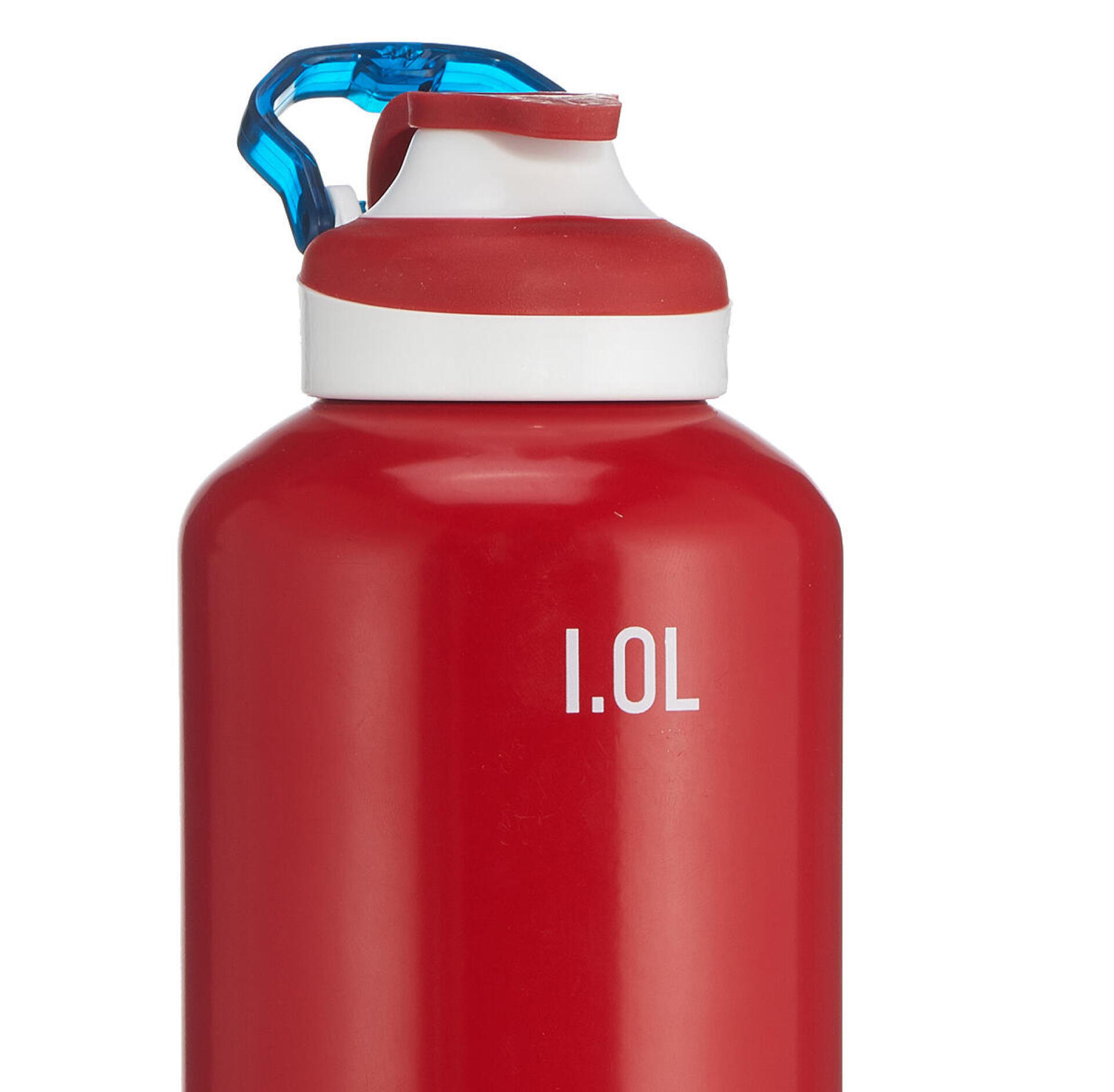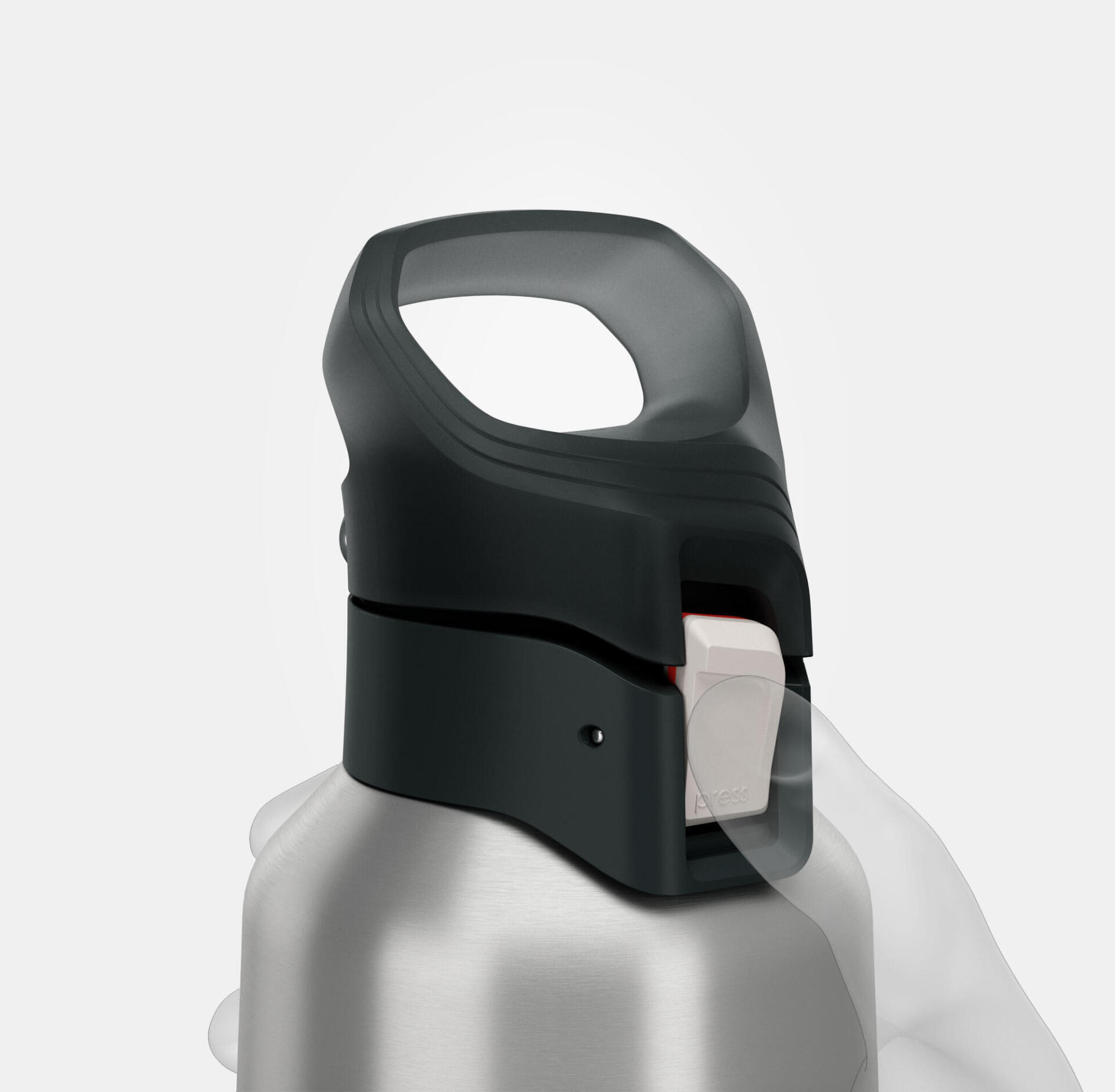Water bottles, water pouches and isothermal flasks: very different products
Choosing the water bottle to take on your hike, trek or sports session requires some research. As a long-term purchase, each type of water bottle has its advantages and disadvantages that you should consider before buying.
Water bottles come in a variety of styles, designs, materials, systems and volumes (or capacities). There is one for everything. As well as water bottles, other accessories are available to keep you hydrated when active: water pouch and isothermal flask.
Let us give you just a few words to point out the difference.
Water pouches: they slide into your backpack and come with a straw. You can drink directly from the straw without stopping. Their capacity varies from 1 to 3 litres.
Isothermal bottles can be used to keep liquids hot, such as coffee and tea, or to keep other liquids cold.
Now you know the difference, you have all the guidance needed to choose the water bottle best suited to your activity!














